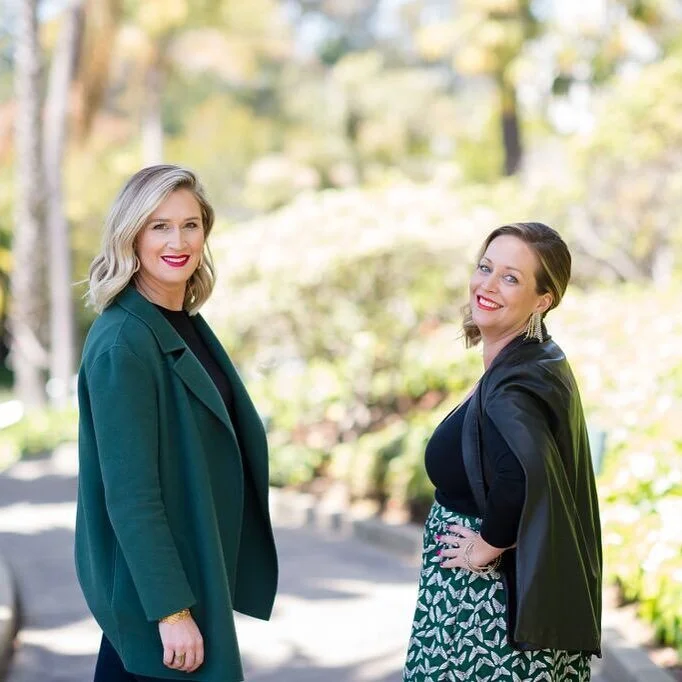How to Design Your Virtual Event Keeping Inclusivity and Accessibility In Mind
Inclusion is achieved when we feel comfortable bringing our own unique individuality into a community where we feel safe and heard. As live event producers, we have seen companies increase their awareness in the last few years around attendee experience, seeking inclusion. Things like purposeful space design, dietary restrictions, gender-neutral restrooms were becoming a standard part of the live event planning infrastructure. We loved seeing this! When a company acknowledges that guests have unique needs and takes actions to accommodate them, what they are really doing is fostering a sense of belonging and inclusion.
As we take these learnings from our live event experience and look at designing virtual events that cultivate those same intangibles, we see so many areas of opportunity. Virtual events were a new frontier for many in 2020, so of course, we have to understand the ins and outs first before we level up the virtual experience. However, as we settle into 2021 and virtual events have their footing, we see the need for inclusion and accessibility becoming essential. Not only is incorporating accessibility and inclusion practices a measure that helps mirror live events, but we also see it as a way to help combat the fatigue of these online experiences. It is only natural that if you are set up for success you are likely to be more engaged, and therefore event organizers will see a higher retention rate with attendees who will likely engage with the conference longer and in a more meaningful way.
So, how do you begin designing a virtual event that includes inclusivity and accessibility? The easiest way would be to reach out to us! We would love to hear from you and create a path to success with belonging as a focus. Alternatively, consider the below items when setting your goal to allow for ALL people to connect. *
During the initial registration, ask your guests what their accessibility needs are so you can be informed when mapping out your platform and selecting your vendors.
Create “Know Before You Go” documents, a favorite of ours, as one of your key communication channels for vendors and guests alike. These types of documents aid guests in having a seamless event experience, AND we know a good experience is likely to lead to a repeat customer.
Assign an internal point person (and dedicated email alias) to address all accessibility needs who is accessible pre, during and post-show.
Consider assistive technologies like closed captioning, American Sign Language, translation services, or screen readers to appeal to a broader audience. Don’t forget to build placeholders into your budget from the beginning!
Recruit speakers, panelists and special guests who represent a breadth of age, gender, experience, sexual orientation, ethnicity, and ability. This will in turn likely attract an audience that mirrors this intersectionality.
Try crowdsourcing breakout topics, panel speakers, or session times during your registration process. This will empower your audience, get them interested and invested in your event as well as show your efforts to create and include diverse perspectives.
Host pre-event info desk hours to answer questions for guests who may need more assistance with technology, understanding the schedule, and how to best engage so they can be comfortable and attentive on event day. Ideally, these office hours include a variety of mediums in order to accommodate the guest’s optimal experience.
Make sure all important information is available in both text and graphic form.
Be sure to check the dates of global holidays and plan your event around them.
Create a plan for those who may not have wifi or the ability to access the conference platform. Can you create an audio-only experience that will broaden your audience and provide something you can be proud of? Can the experience be live-streamed through a site like Youtube separate from the event platform?
Design or provide a range of virtual backgrounds for your speakers that are complementary to all skin tones.
Create a code of conduct for speakers as well as attendees. This can encourage plain language, define rules for engaging, and promote psychological safety which is a large component of this virtual world.
Offer attendees several opportunities to provide feedback and seek assistance during and after the event. Each time you are able to help someone that is another data point you can use for planning in the future.
As you look ahead at implementing these suggestions we understand it may look like a steep hill to climb. Especially as you try to navigate this new and ever-changing landscape. We know one thing won’t change, and that is people’s need to connect, feel heard, and belong.
With the right resources, thoughtful planning, and detailed execution your design for an inclusive and accessible event is within reach. Say hello today to get you well on your way to an event where all of your guests feel they belong.
*This list is not exhaustive, but more so a compilation of some of the best practices we recommend with our expertise in producing live and virtual events.
Bash Creative is an event planning company that specializes in incredible gatherings that go beyond just great design. We’re known for teasing out smart goals for your event and serve up a stylish execution that will keep your guests buzzing. Located in San Francisco, but often found in New York, Austin, Chicago, Seattle, and beyond.
